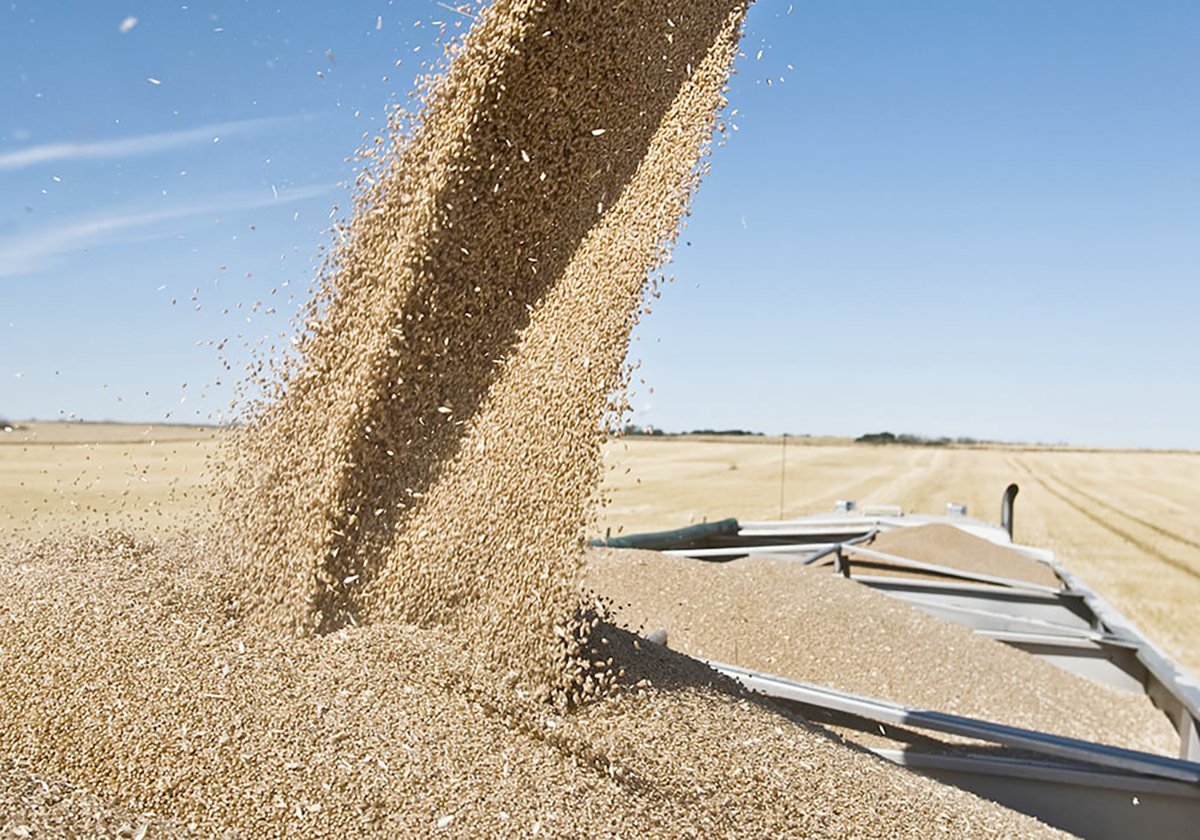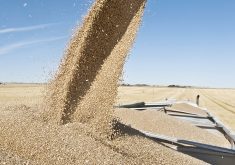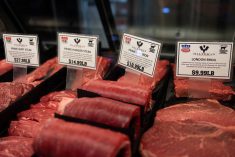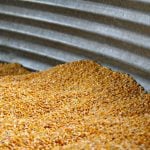Manitoba farmers might have fallen out of love with oilseed sunflowers, but 2019-20 might be a good year in that market, says analyst Mike Krueger.
“We’re in a trend where we’re going to end up with almost half of what we had a year ago,” said Krueger of World Perspectives about oilseed sunflower ending stocks.
“And when your ending stocks get that small, that should present some pricing opportunities.”
Sunflower acres in the United States and Canada have slumped in recent years. Last year saw less than one million tonnes in the U.S. and less than 100,000 tonnes in Canada. It was once a major crop on the northern Plains, but has suffered as other crop options such as soybeans and corn have become bigger players.
Read Also

Wheat demand strong but futures still bearish
Wheat exports from North America have been quite strong so far this crop year, with both the United States and Canada off to a good start.
However, with soybean prices weak and in danger of slumping further — Krueger thinks new crop prices could fall by up to another $1.50 per bushel — farmers might want to take another look at oilseed sunflowers.
“It’s become a real specialty,” he said, with high oleic sunflowers becoming a hot commodity in health food processing markets.
That helps explain why its prices have remained relatively stable despite the weakness in soybean and canola prices. It isn’t just a bulk vegetable oil.
That puts the small acreage crop in a middle place in the crop markets, with wheat and corn having good fundamentals and bullish possibilities, while soybeans and canola face a bearish reality, with slumping Chinese demand and growing soybeans stocks.
Wheat and corn stock statistics might not make for an obviously bullish case, Krueger said, but digging into the stats shows that most of the wheat stocks are low protein and low quality, and much is being held in non-exporting China.
That means high quality milling wheat like spring wheat has projected low ending stocks, excluding China, “close to the kind of world wheat supply numbers we were at in 2007-08.”
Meanwhile U.S. soybean stocks are set to double from last year to almost a billion bushels.
“That’s a lot of beans.”
















